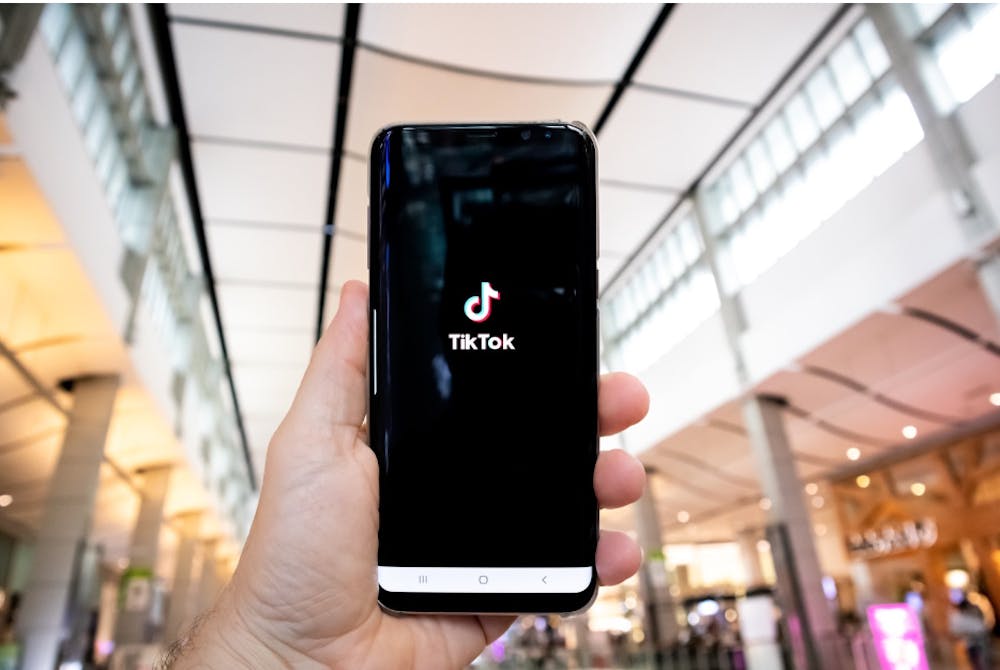With over 680K fans, influencer Gracie Nortron was addressed for her video, released in late June, for cultural appropriation. Norton’s attempts at colonizing agua fresca, calling it spa water, caused an uproar among POC communities, mainly the Latine community, for her lack of credit given to Latine culture. Norton later released a five-sentence apology a month after the video was released, claiming she was unaware that she had offended the minority community. Before that, another dish went viral on TikTok. “Cowboy Caviar,” which takes pico de gallo, adds corn and black beans, was reclaimed as a Texan classic on the social media platform. TikTok is constantly shifting its fetishization of minority cultures - from an obsession with the “fox eye” trend that imitates Asian beauty features in 2021 to Latine culture, to “the clean girl look”(which idolizes both Black and Latine culture), and now “Mexican girl-core,” minority cultures are being distilled into sexual aesthetics. With the rise of favorability for Mirror Palais in Summer 2022, a photo shoot in Mexico, and a few TikToks to Lana Del Rey’s “Salvadore,” the social media platform has set Latine culture as the next “trend” for the summer.
To combat the wave of appropriation, content creator Daniela Rabalais (@danielarabalais) started videos of “reverse appropriation,” where she would take American classics and mockingly reclaim them into Latine food. The most known video of the series included Rabalais making a recipe for “sausage tacos,” which are, of course, commonly known as hotdogs. She ended the tutorial by adding a dollop of mayonnaise and ketchup, which she referred to as “American crema” and “American salsa tomate” respectively.
The times when White people have gone viral for not appropriating, it ends up being ridiculed for its lack of logic and seasoning. Creators like @JaneBrain, and @sllygirl have gone viral for their recipes that revolve around throwing ingredients to the center of a casserole dish and adding cheese, raisins, and panko crumbs to the dish as if texture and seasoning are synonymous. These content creators that have gone viral for their tasteless recipes have proven to people on social media that good food derives from POC communities, despite the criticisms and stereotypes formed around these cultures.
Cultural appropriation is a recurring topic in media, regardless of the racial/ethnic community being focused on. Right now, the media is shifting between standards of removing BBLs, idolizing Hailey Bieber for her “brownie glazed lips,” while simultaneously using Black creators’ sounds for content without granting credit where it’s due. The fall season is here, and people will still be asking Starbucks for a “chai tea” to snuggle up with by the fire without being aware of its significance to Indian and Chinese culture. While there is nothing wrong with appreciating cultures, the way in which TikTok and content creators go about doing so comes across as more disrespectful and consciously ignorant than appreciative. White content creators need to learn to acknowledge the privileges that come from being White and on social media. There also needs to be a general acknowledgement of the race(s)/ethnicity(s) each creator has. A White content creator needs to accept the fact that they are White and accept that tapping into and stealing from other cultures doesn’t take away from their White identity, but it does take away from the proper credit that deserves to be given to POC communities.
Proper credit needs to be given to the communities that have held those recipes, culture, and fashion for decades or centuries. Creators who share their culture and tradition on social media should be lauded just as much, if not more, than a White person who recreates the dish with or without giving credit to the original community.



